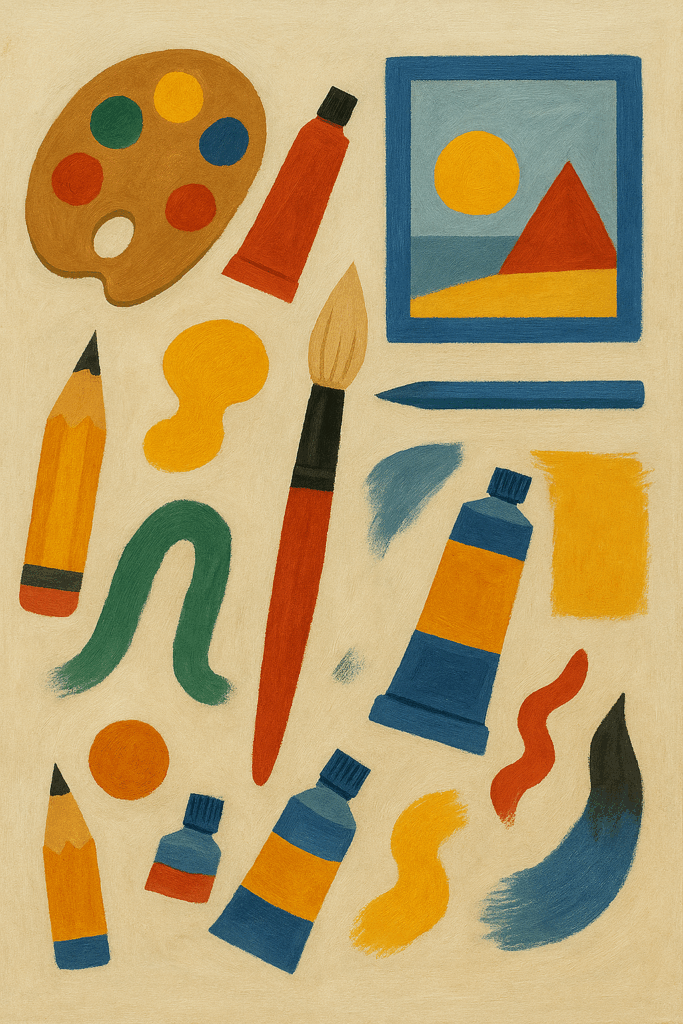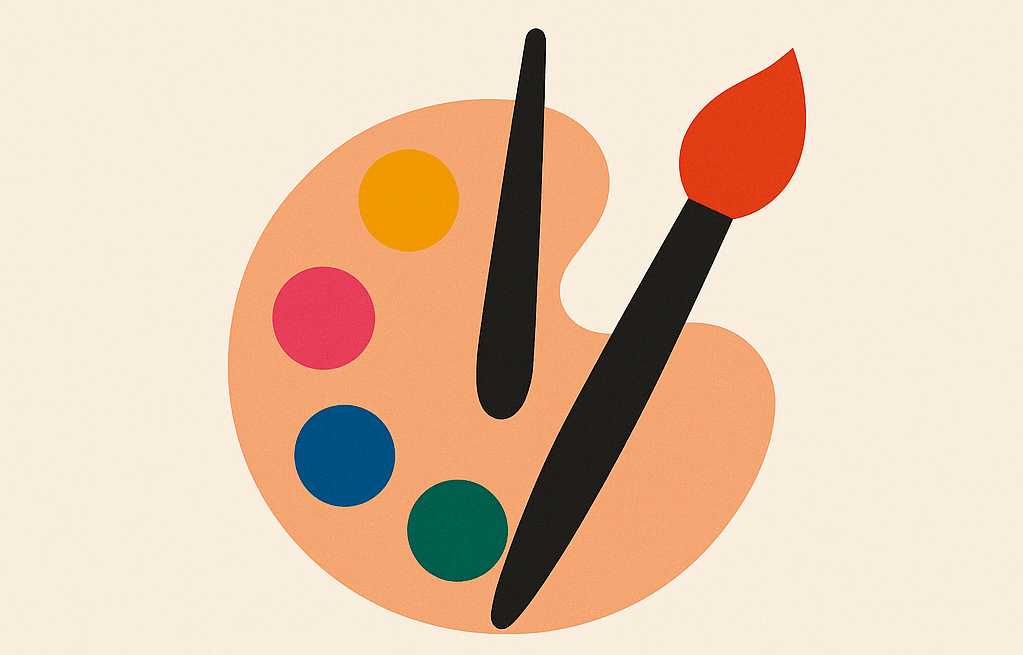
I live with sea art. Not just one piece—many. Some make my room feel calm, like fresh air. Others looked great online, then fell flat on my wall. Here’s what I actually used, how it felt day to day, and what I’d tell a friend. You can catch an expanded version of the story, complete with progress photos, in my feature on Metro Arts right here.
Why the sea pulled me in
I grew up far from the coast, so waves felt like magic. They still do. Sea art gives me that hush. Less noise. More breath. It helps when my brain’s loud and the house is messy. You know what? It even makes video calls look nicer. If you want to see what seasoned curators pick from the deep blue, browse the rotating collections at Metro Arts.
The pieces I actually lived with
-
Society6 print: “Indigo Tides” by Cat Coquillette (18×24, matte)
- Hung in my office. Matte paper. Deep blues and clean whites.
- Looked crisp. No glare. The horizon line felt steady. It kept me focused.
-
“The Great Wave” poster (Hokusai, 18×24) framed by Framebridge in maple
- Classic for a reason. The foam looked like claws. In a good way.
- Colors leaned a bit bright under warm bulbs. Cooler bulbs fixed it.
-
Sugimoto “Seascapes” postcard set in a 3×3 grid
- I put nine cards in one big frame. Simple and moody.
- Gray sky. Gray sea. The line between them felt like a pause button.
- Friends always ask about this one first.
-
Small original oil seascape from a weekend market (5×7, palette knife)
- Thick paint. You can feel the waves with your eyes.
- The gloss varnish caught light at dusk. It glowed. Like wet rocks.
- Cost me about sixty bucks. Best little art buy I’ve made.
-
Etsy watercolor print: kelp study on textured paper (11×14)
- Soft greens. Tiny bubbles. Sweet in the hallway.
- Paper buckled a bit in humidity. A mat with spacers helped.
-
My own gouache wave study (Winsor & Newton on Arches pad)
- I taped the edges, salted the wash, and made a pearly tide line.
- It’s not perfect. That’s why I love it.
- Pro tip: pigment ink pens look cleaner than graphite for foam lines.
Want to nerd out further on that iconic curl? I found this short piece on the captivating art of the Japanese woodblock super helpful for decoding how masters like Hokusai layered color and line, and Reuters just covered a high-tech Tokyo exhibition that reimagines his prints with digital projection—proof that the wave still has fresh spray.
Where it shined—and where it didn’t
Here’s the thing. Sea art can bring calm. But it can also look flat if the print is cheap or too glossy.
What worked for me:
- Matte or rag paper. Colors looked soft but sure.
- Real texture (oil or thick gouache). The light danced on it.
- Simple frames in oak, maple, or white. Let the art breathe.
What didn’t:
- Glossy posters. So much glare, I saw my own face instead of the wave.
- Over-themed rooms. Anchors. Rope. “Beach” signs. It felt like a gift shop.
- Bathroom hangings without protection. Steam curled the paper edges.
Little things I noticed that no one tells you
- Blues skew weird under warm bulbs. They turn teal. A cooler bulb helps.
- A thin white mat gives any sea print more space. Like air around the art.
- UV acrylic beats glass near windows. Lighter. Safer. Less harsh glare.
- Sand-colored walls make blues pop. Gray walls can mute them.
- Command strips held the postcard grid fine. But not the oil panel—use a nail.
- After a long afternoon hanging frames my fingertips were wrecked; if you're the kind who likes to pamper them afterward, check out these nail art tools I actually use for a quick clean-up.
Tiny design break (then we get back to feelings)
- Look for “giclée” or “archival” prints. Pigment ink lasts longer.
- Aim for 300 DPI at print size. No fuzz at the edges.
- Ask sellers about paper weight (190–300 gsm holds flat).
- For originals, ask if there’s varnish. Gloss vs satin changes the mood.
How it changed my space
My office with the Cat Coquillette print felt like a clear day. I wrote faster. My living room with the Sugimoto grid went quiet at night. Candles, low jazz, and that thin horizon—yeah, it set a tone. The tiny oil piece sat by the entry and made me smile every time I grabbed my keys. Small art can punch above its size.
One odd bit: my kelp print made me want seafood stew. Smell is weird like that. I lit a sea salt candle and it tied the room together. Not fancy. Just cozy.
What I returned
I sent back a glossy canvas with a crashing wave and neon blue shadows. It looked like a screen saver. No depth, just shine. The seller took it back. Lesson learned: gloss hides brush work and shows your lamps.
Best picks for different folks
- Zoom background: Sugimoto-style horizon or any calm, wide sea. Peaceful, not busy.
- Kids’ room: Kelp or tide pool art with little crabs and shells. Fun without cartoons.
- Entryway: Small oil or acrylic with heavy texture. It greets you with warmth.
- Rental space: Matte prints in light frames. Easy to swap. Easy to love.
Care tips that saved me money
- Keep paper art off steamy rooms. Or use a sealed frame with spacers.
- Dust with a soft cloth. No spray on the frame—moisture creeps in.
- Hang art out of direct sun if you can. Even good ink fades over years.
Quick hits: my personal winners
- Best everyday piece: Small original oil, 5×7. Big heart. Tiny footprint.
- Best budget wall: 3×3 postcard grid. Looks custom. Costs less.
- Best classic: Hokusai, matte paper, light wood frame.
- Best DIY: Gouache wave study with a crisp taped border.
Final take
Sea art worked in my home when it felt honest. Soft paper. Real texture. A horizon that lets your eyes rest. Skip the shiny stuff, choose matte, and give the piece some space. You don’t need a beach house. You just need one good wave that meets you at the door.
All that ambient glow and calmer headspace can also put you in the mood to meet new people beyond the canvas. If redecorating sparks a desire for connection with like-minded adults, the curated listings in JustBang’s sex classifieds offer an easy way to browse real-time personals and set up safe, discreet meet-ups with people who share your vibe.
Prefer a search tool that lets you zero in on ultra-specific interests—maybe fellow seascape collectors who can debate whether Sugimoto’s horizon counts as “navy” or “midnight” blue? Check out the advanced filters at One Night Affair’s Adult Search Temple where you can quickly narrow matches by niche passions, location, and availability, turning that shared-art buzz into an actual coffee-and-gallery date.
And if you’re on the fence? Start small. A postcard, a print, a tiny oil. Live with it for a week. Listen to the room. The sea will tell you if it fits.
